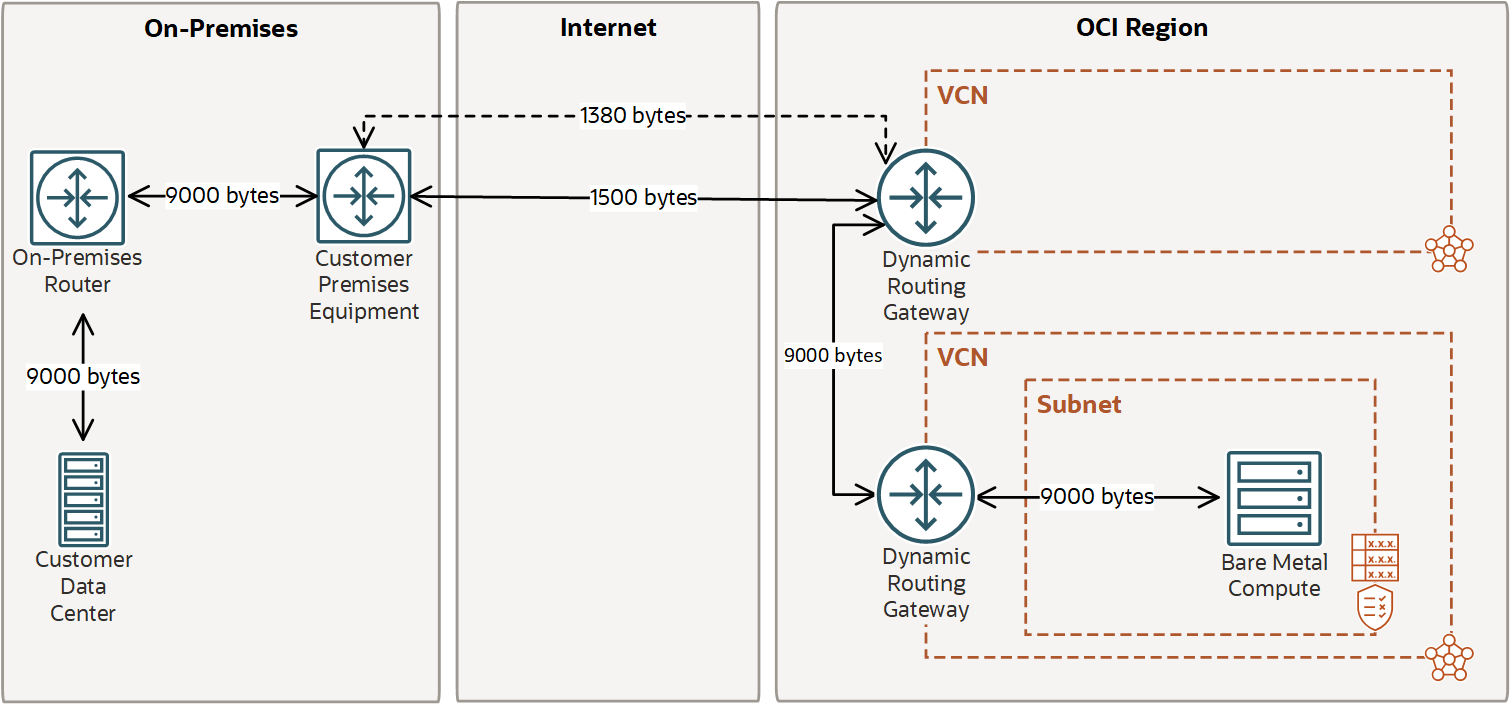

Now, imagine that we are using the GRE protocol in our network, encapsulating the original packet and adding 24 bytes for the GRE header. The total value of the IP and the TCP header is 40 bytes and mandatory for each packet, which leaves us 1460 bytes for our data. The best way to avoid fragmentation is to adjust the maximum segment size or TCP MSS so the segment will adjust its size before reaching the data link layer.īefore we look at TCP MSS, it helps to understand the build of the “unit” that’s being sent over the internet.Īs mentioned, the common value of MTU in the internet is 1500 bytes.Īs you can see in the figure above, the MTU is built from payload (also referred as data) and the TCP and the IP header, 20 bytes each. This ensures the IP layer of the destination host knows it should reassemble the packets into the original datagram.įragmentation is sometimes not supported by applications, and is something we should avoid if possible. This fragmentation process takes place at the IP layer ( OSI layer 3) and marks the packets it fragments as such. Each piece is small enough to pass over the single link that it is being fragmented for, using the MTU parameter configured for that interface. To get around this issue, IPv4 allows fragmentation which divides the datagram into pieces. One of the most common problems related to MTU is that sometimes higher-level protocols may create packets larger than a particular link supports, and you’ll need to make adjustments to make it work. MTU is usually associated with the Ethernet protocol, where a 1500-byte packet is the largest allowed in it (and hence over most of the internet). The internet’s transmission control protocol (TCP) uses the MTU to determine the maximum size of each packet in any transmission. Get your copy at the link above.) MTUĪ maximum transmission unit (MTU) is the largest packet or frame size, specified in octets (eight-bit bytes) that can be sent in a packet- or frame-based network such as the internet.
Mtu for vpn download#
(And if you’re looking for information on what application and data security threats keep IT leaders up at night, download the CyberThreat Defense Report 2019, which surveyed 1,200+ IT and security leaders and discovered exclusive findings such as one-third of businesses have suffered 6+ breaches in the past year.

If you are looking to use Incapsula Infrastructure Protection (now Imperva DDoS Protection) it will be helpful to know how they work. MTU and MSS are two important terms you should be familiar with when you jump into the networking world, and especially if you are working with GRE tunnels and IPSEC.


 0 kommentar(er)
0 kommentar(er)
